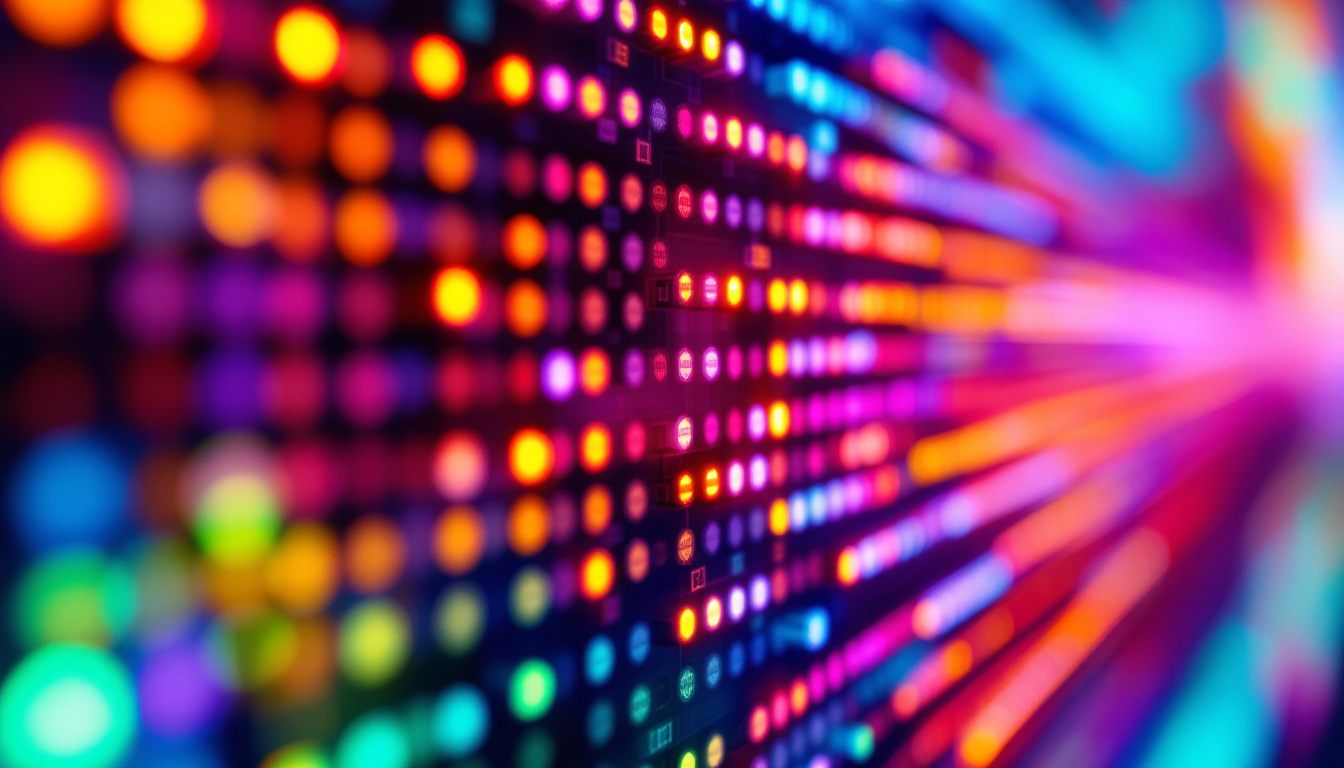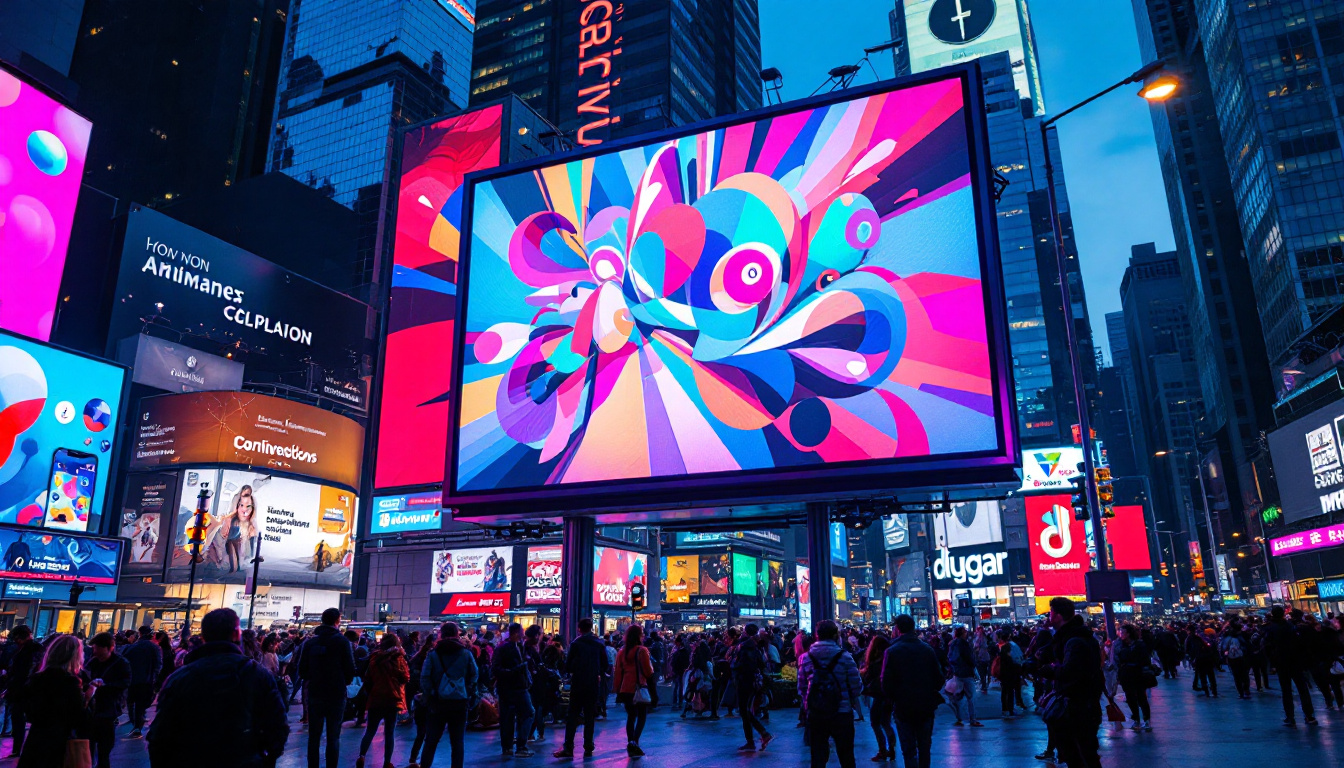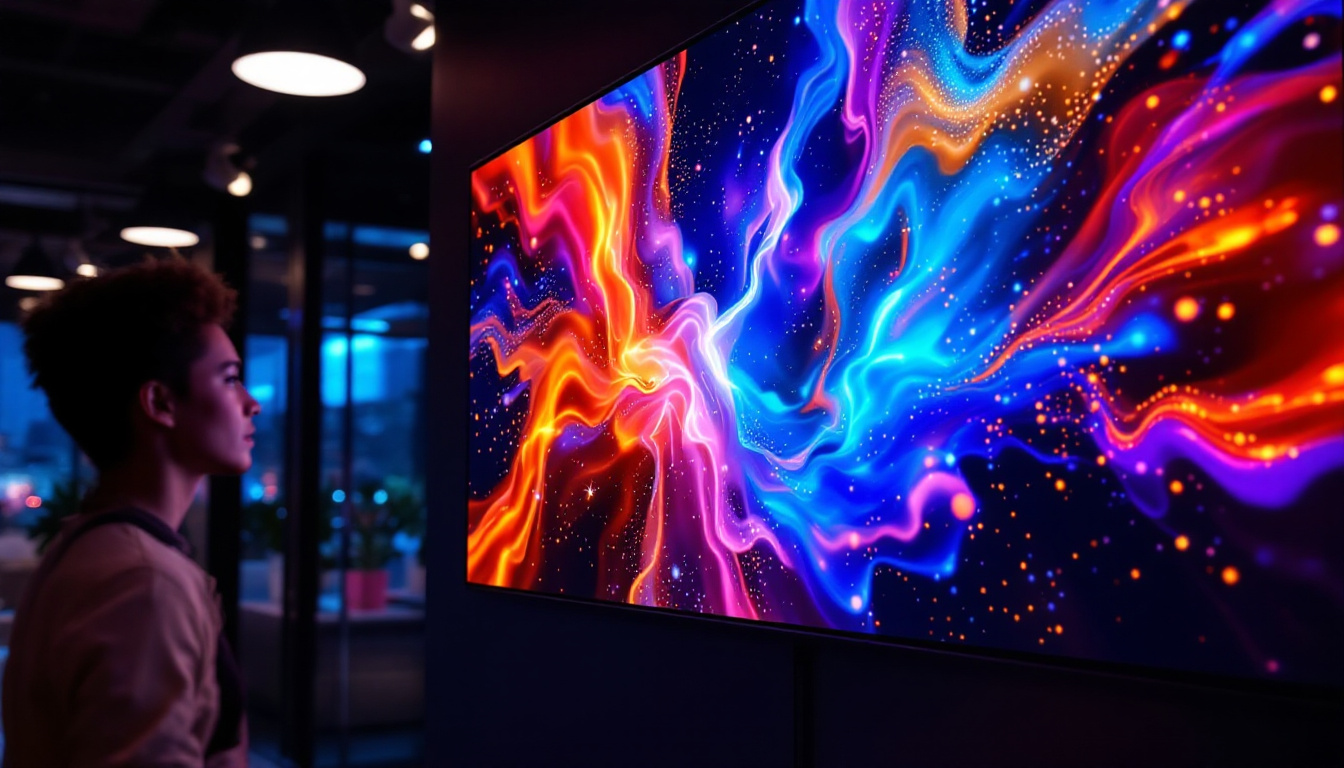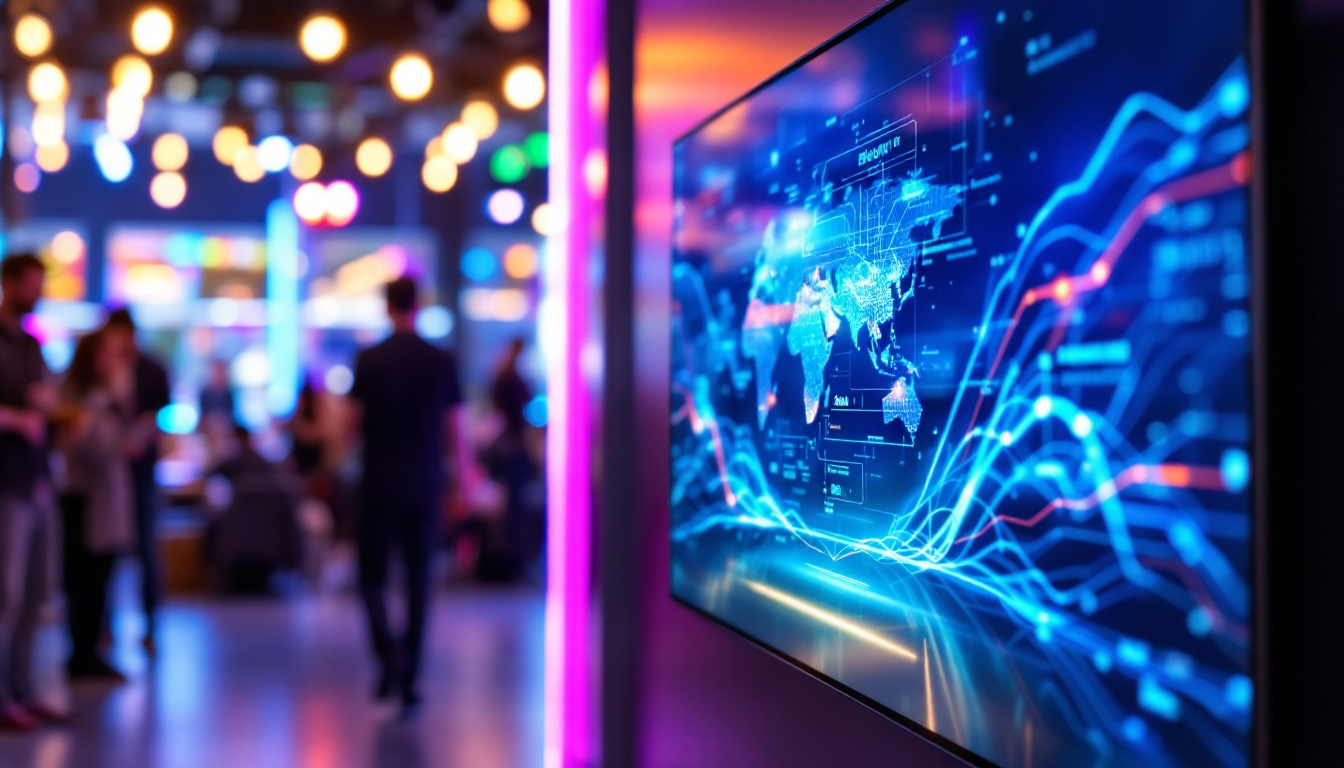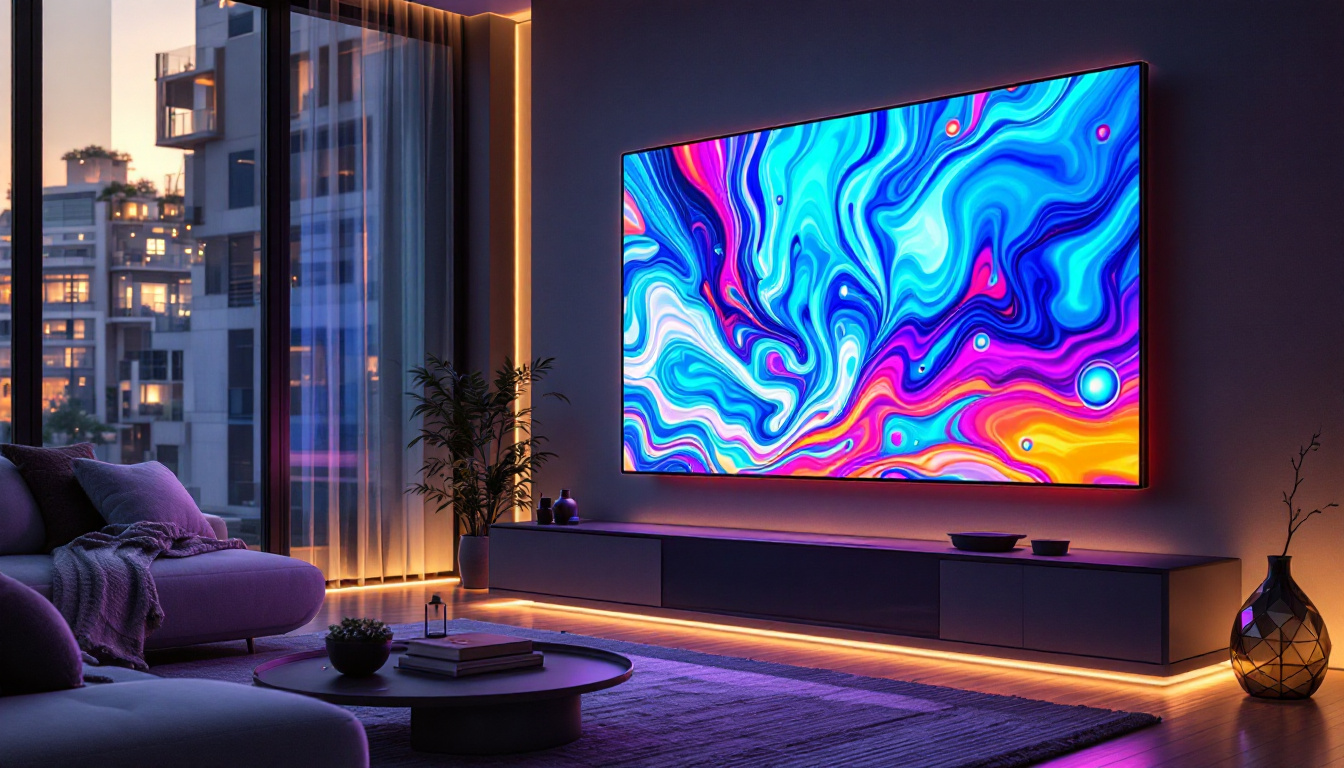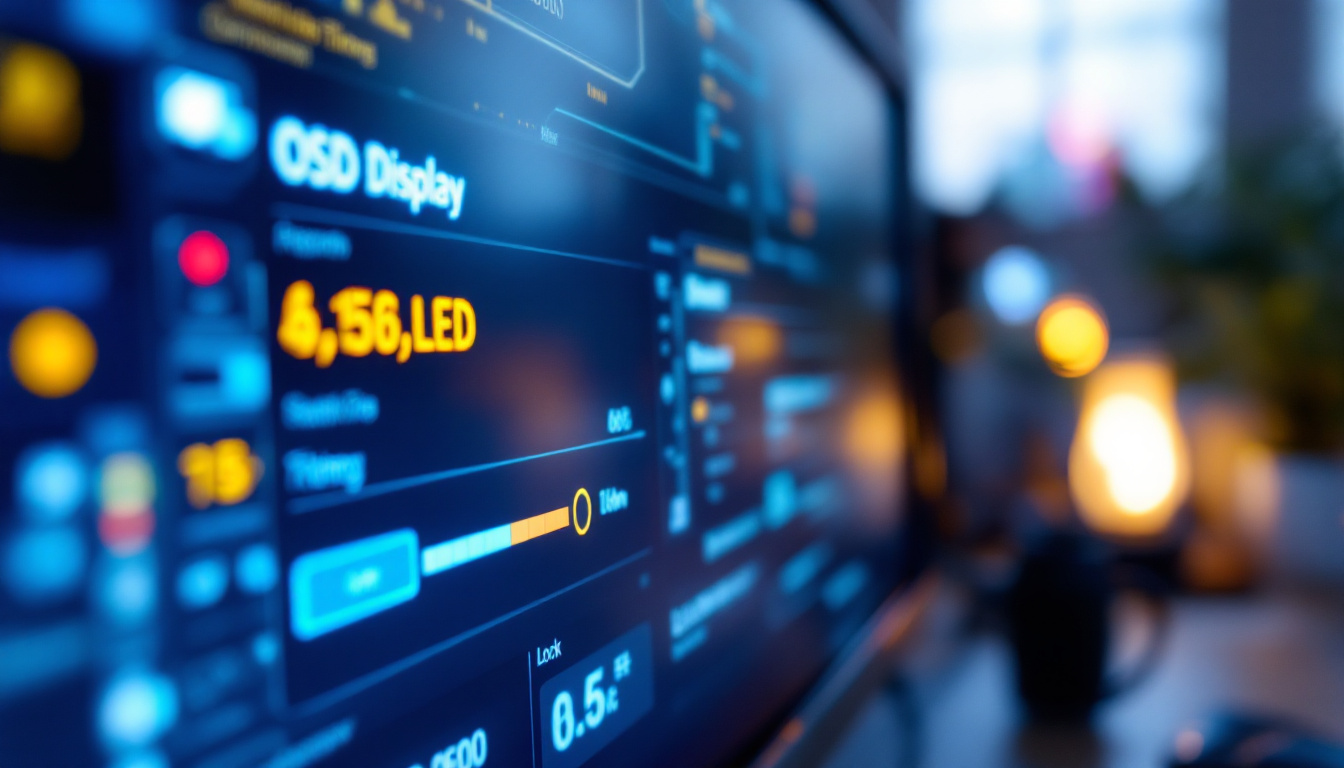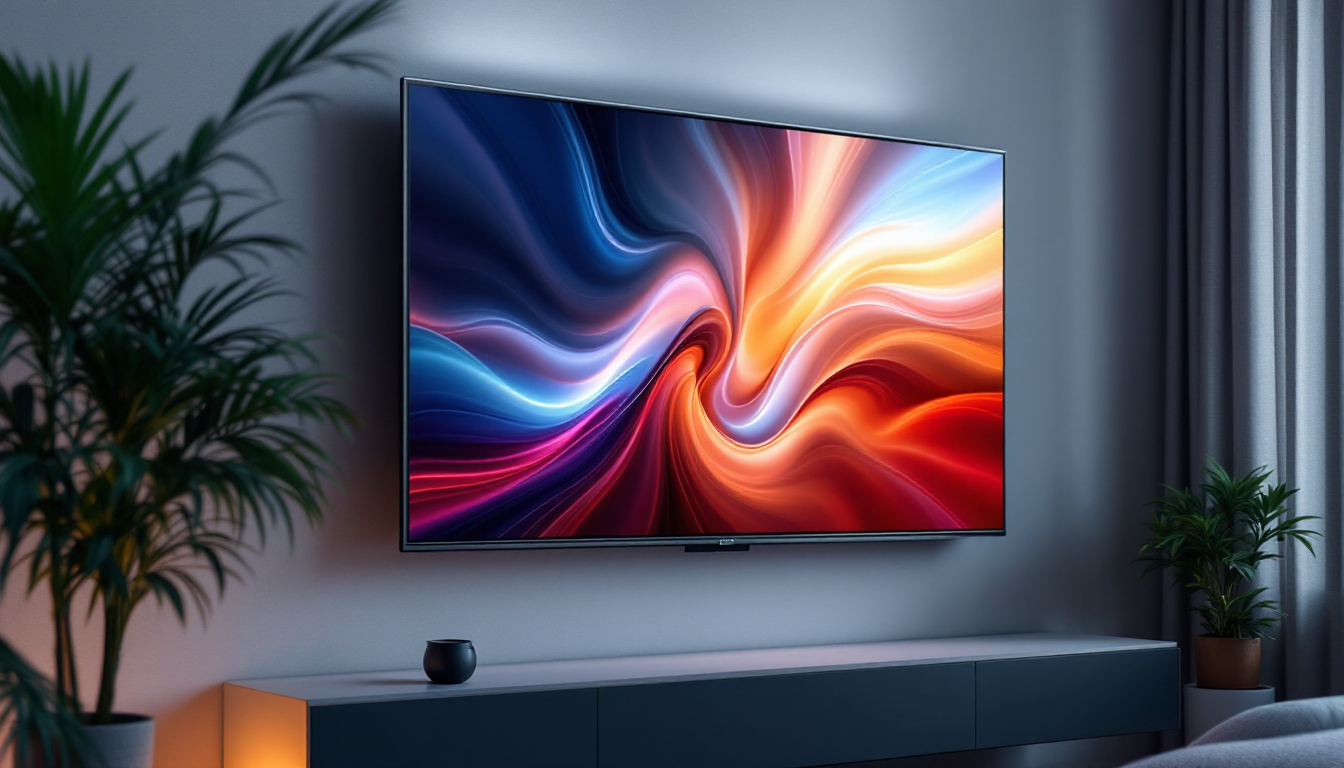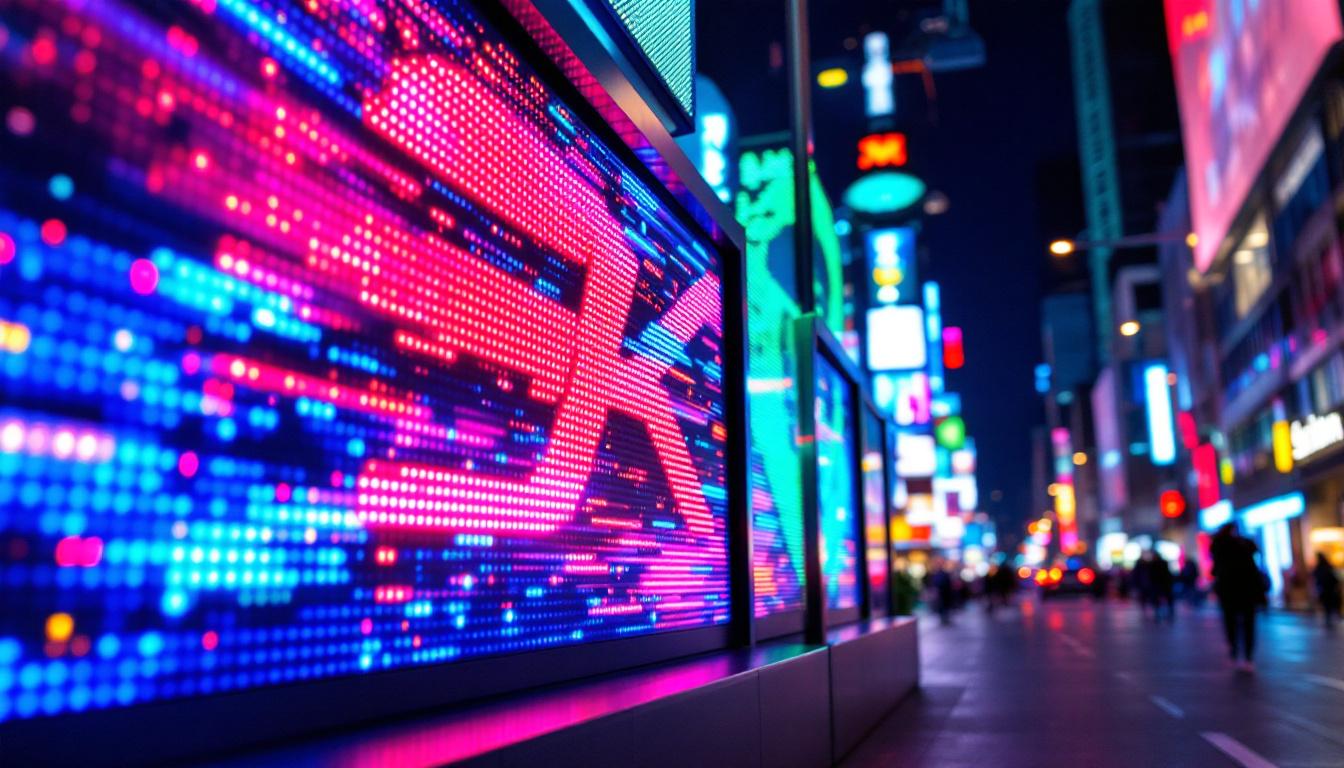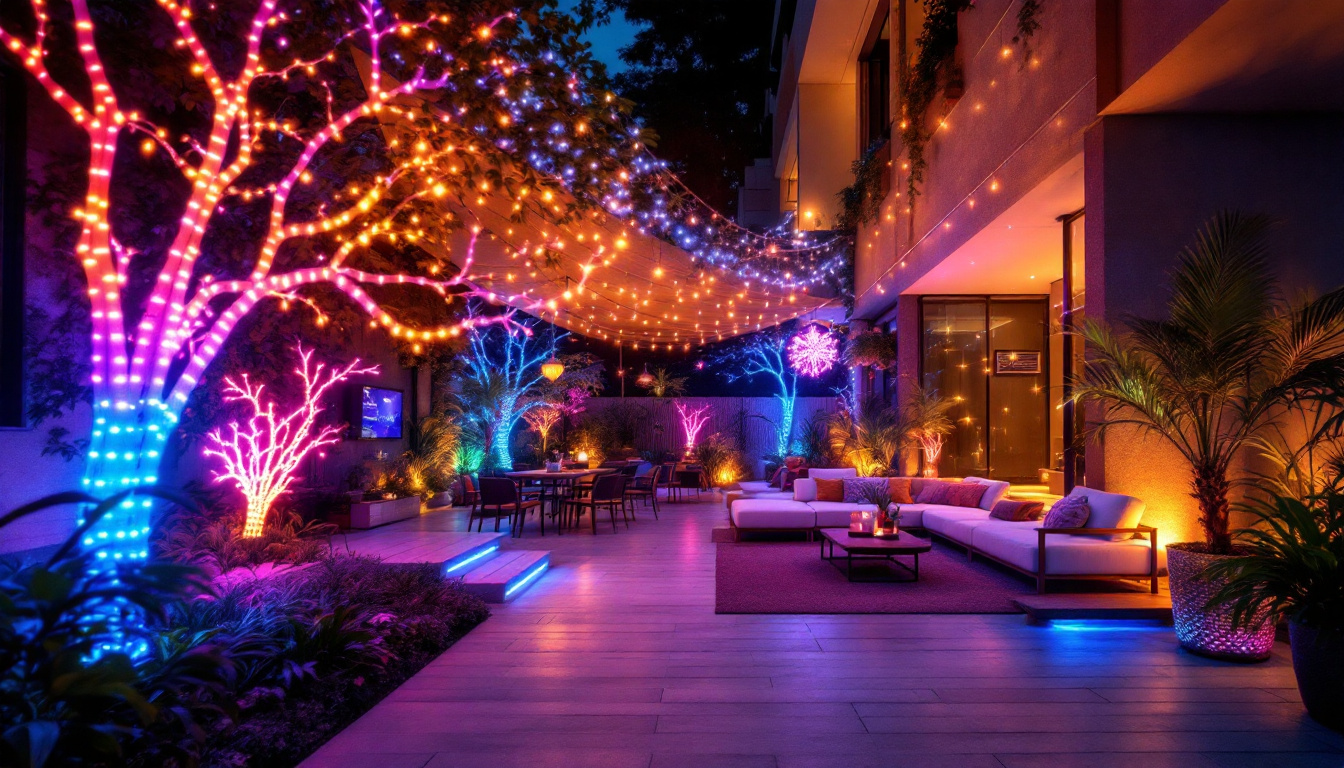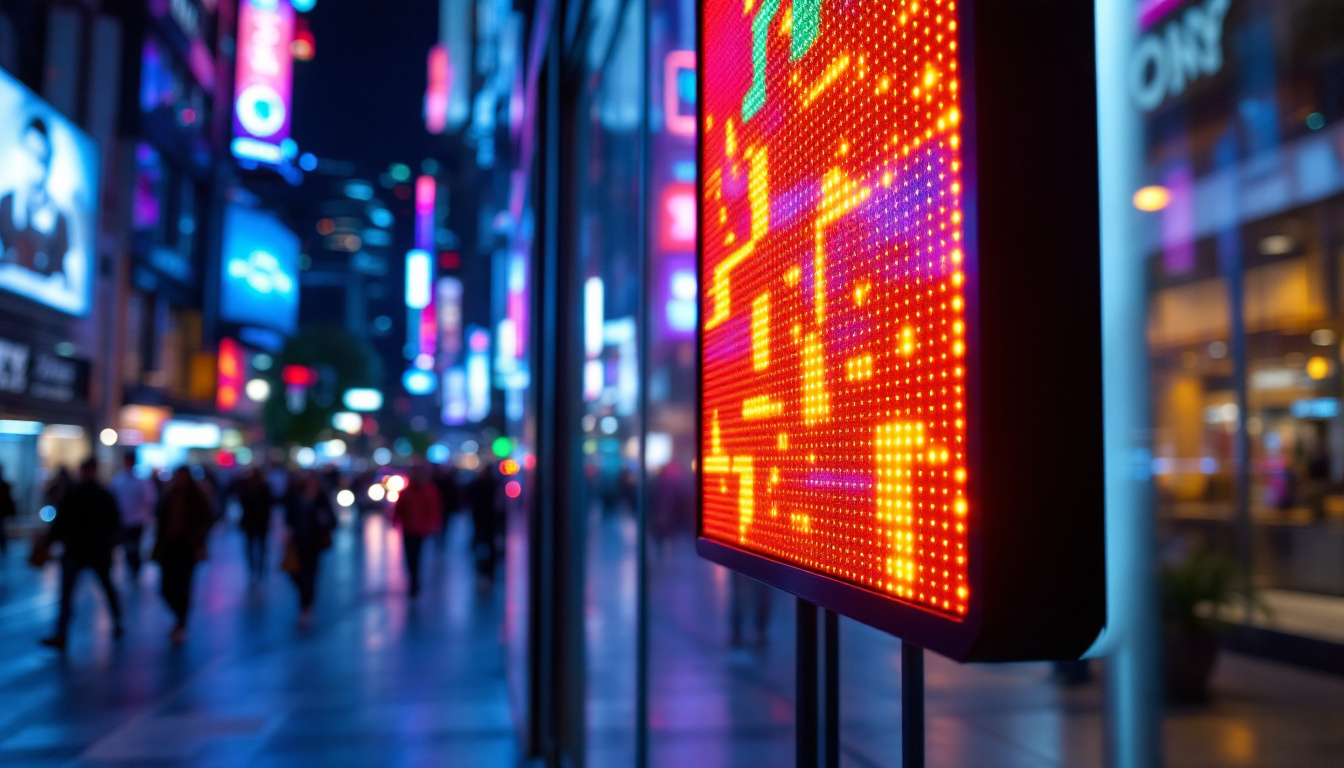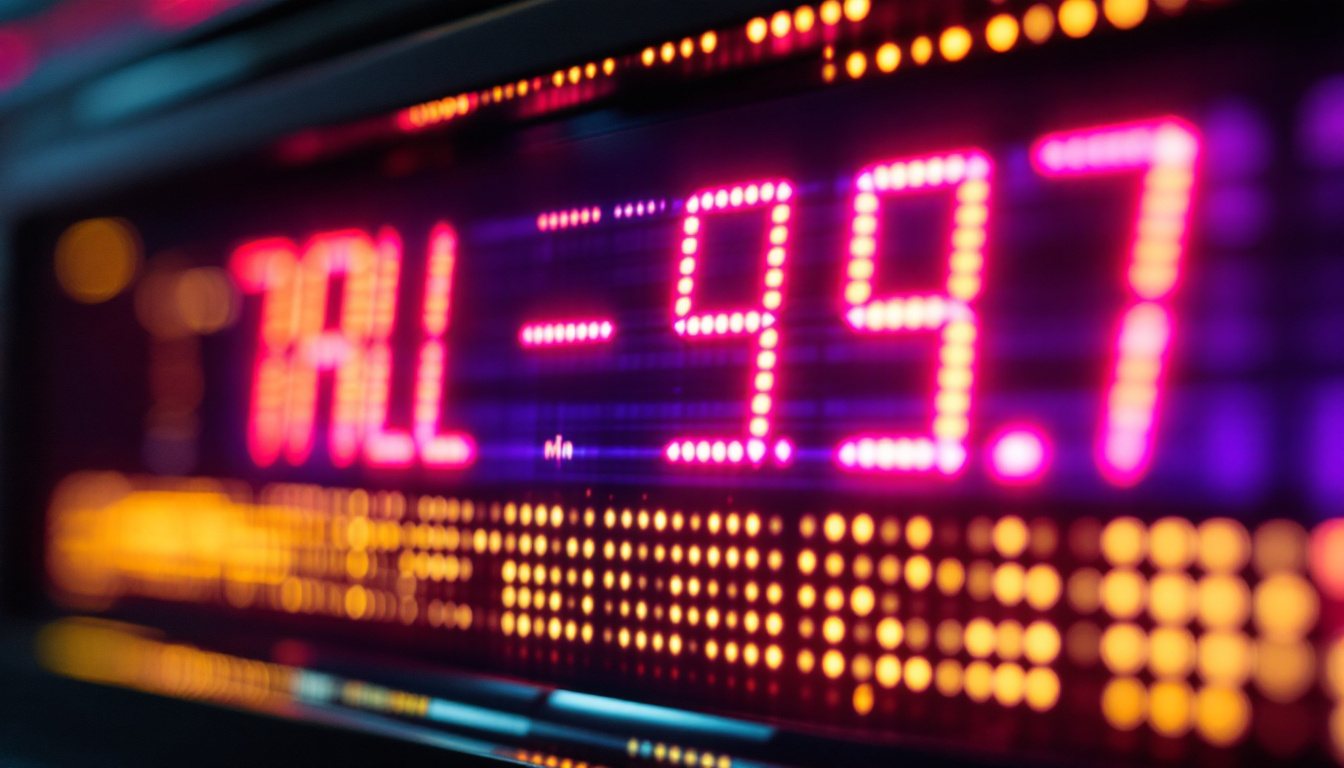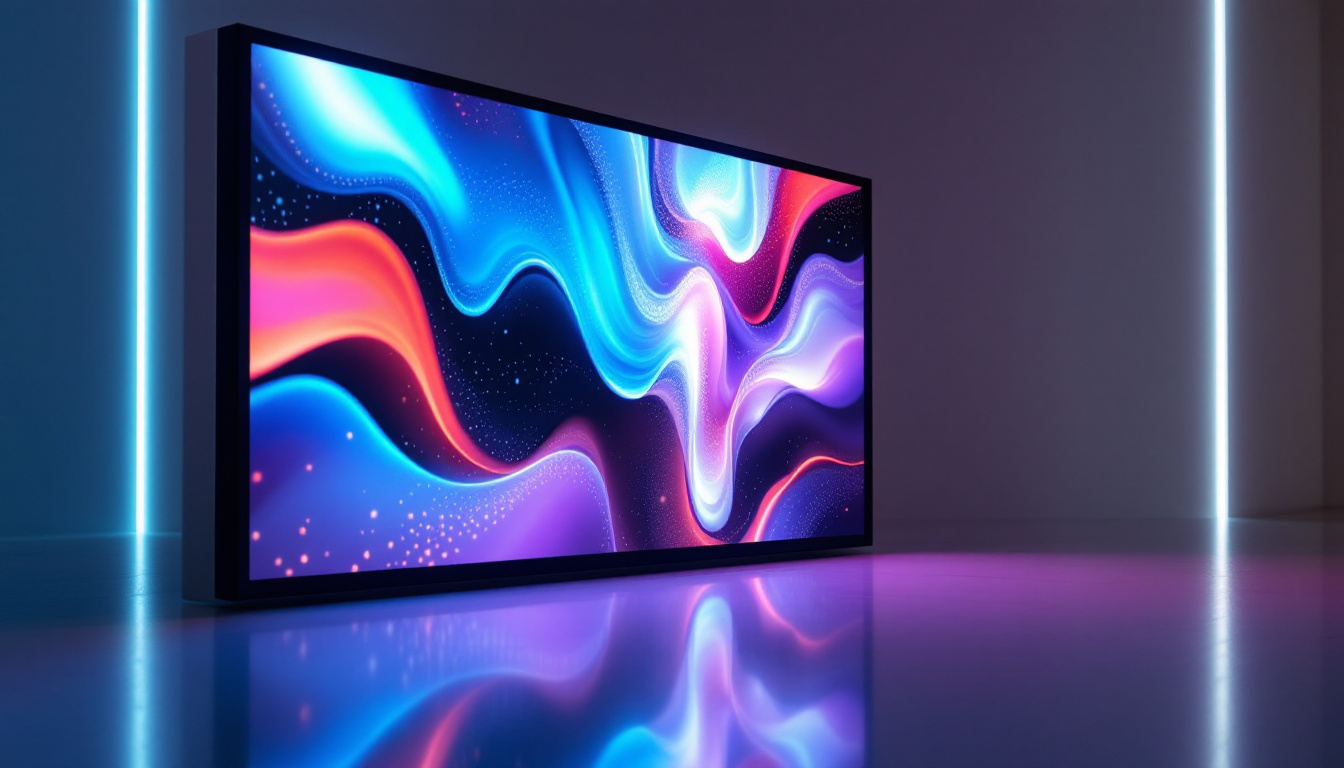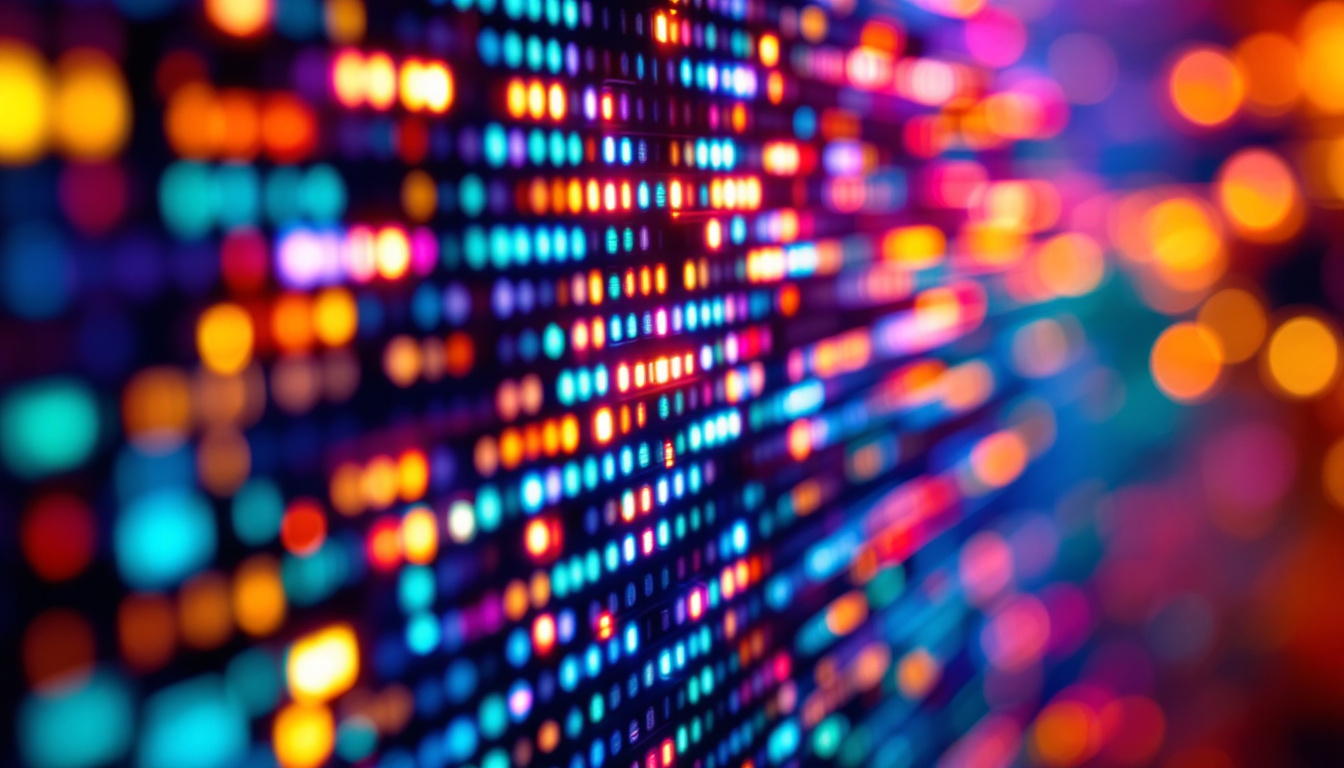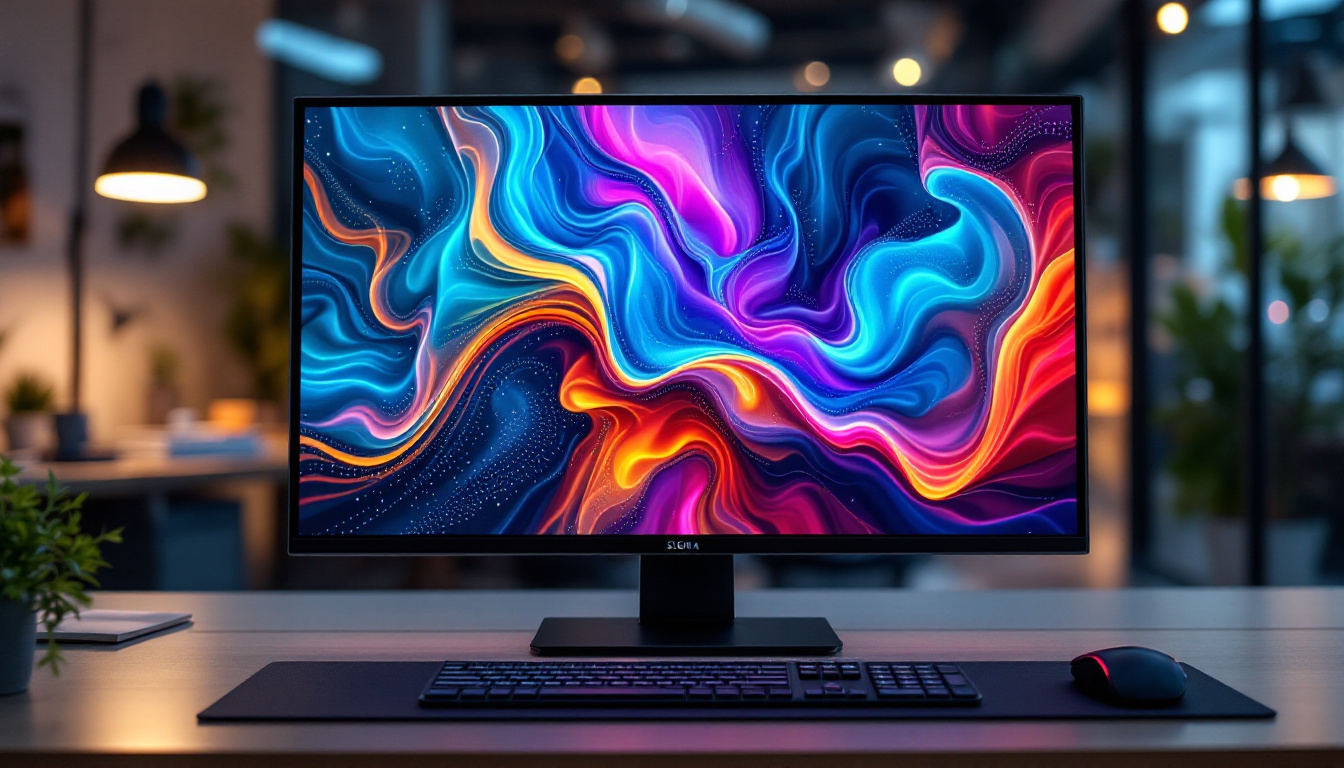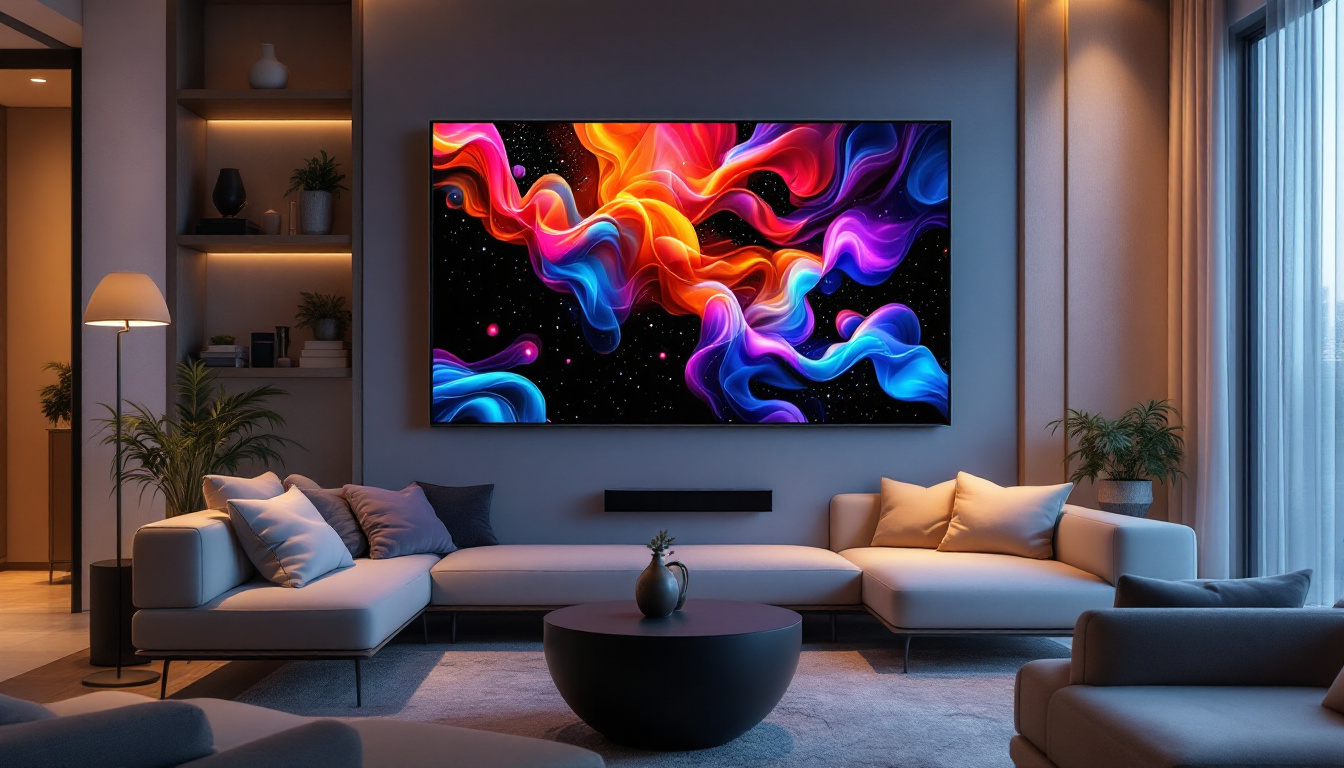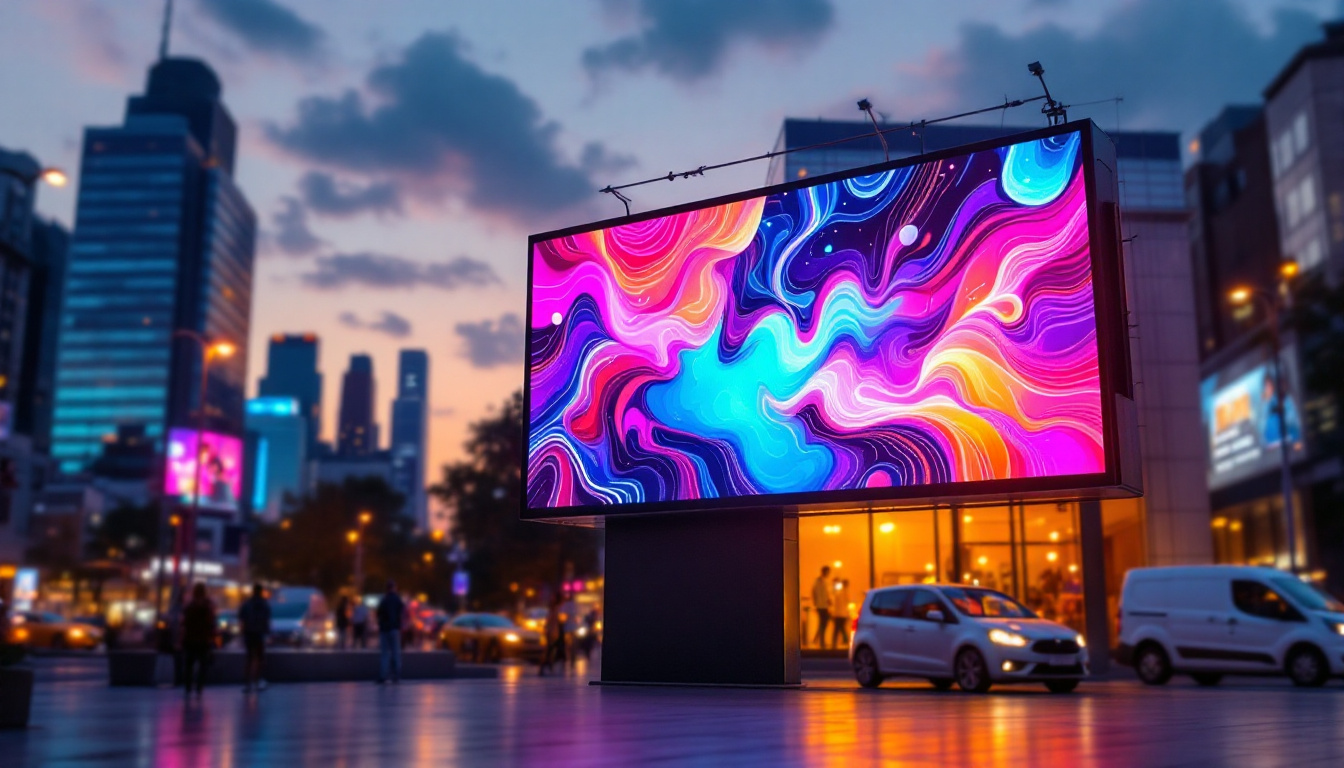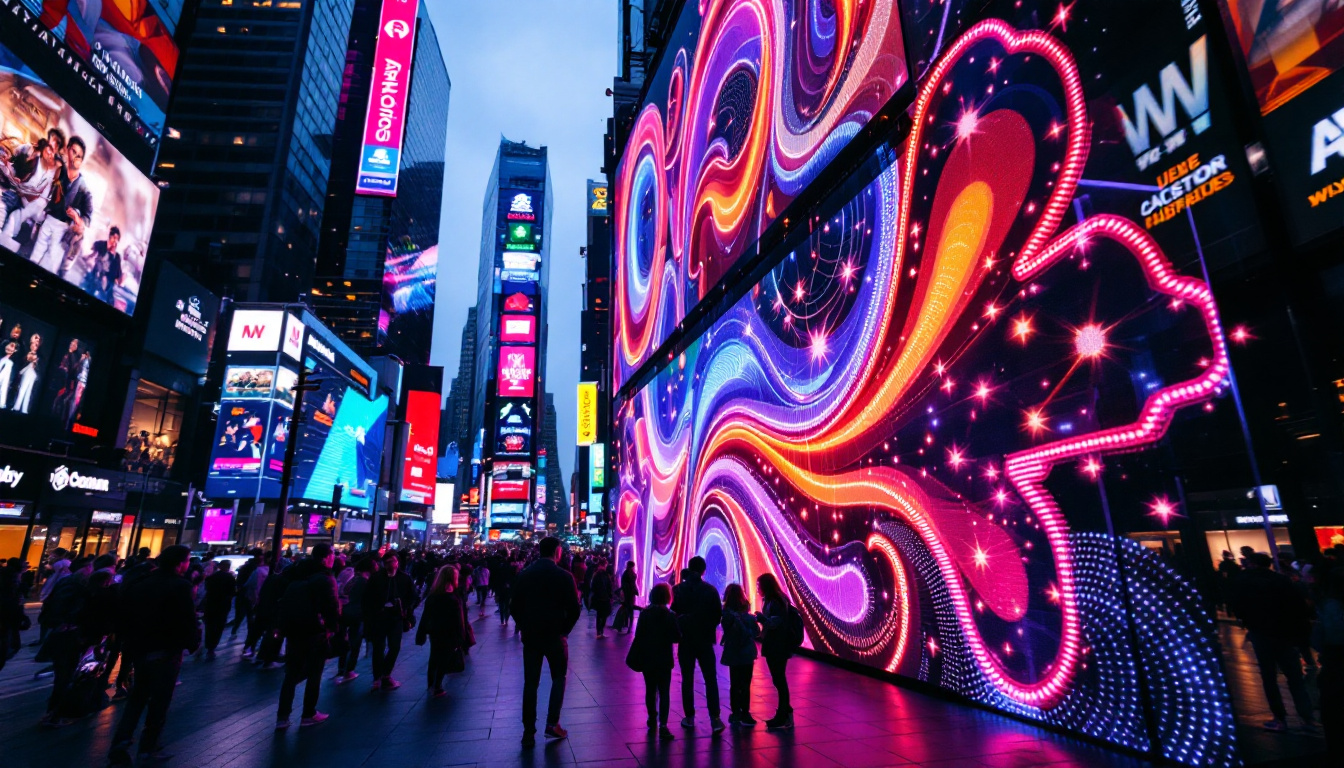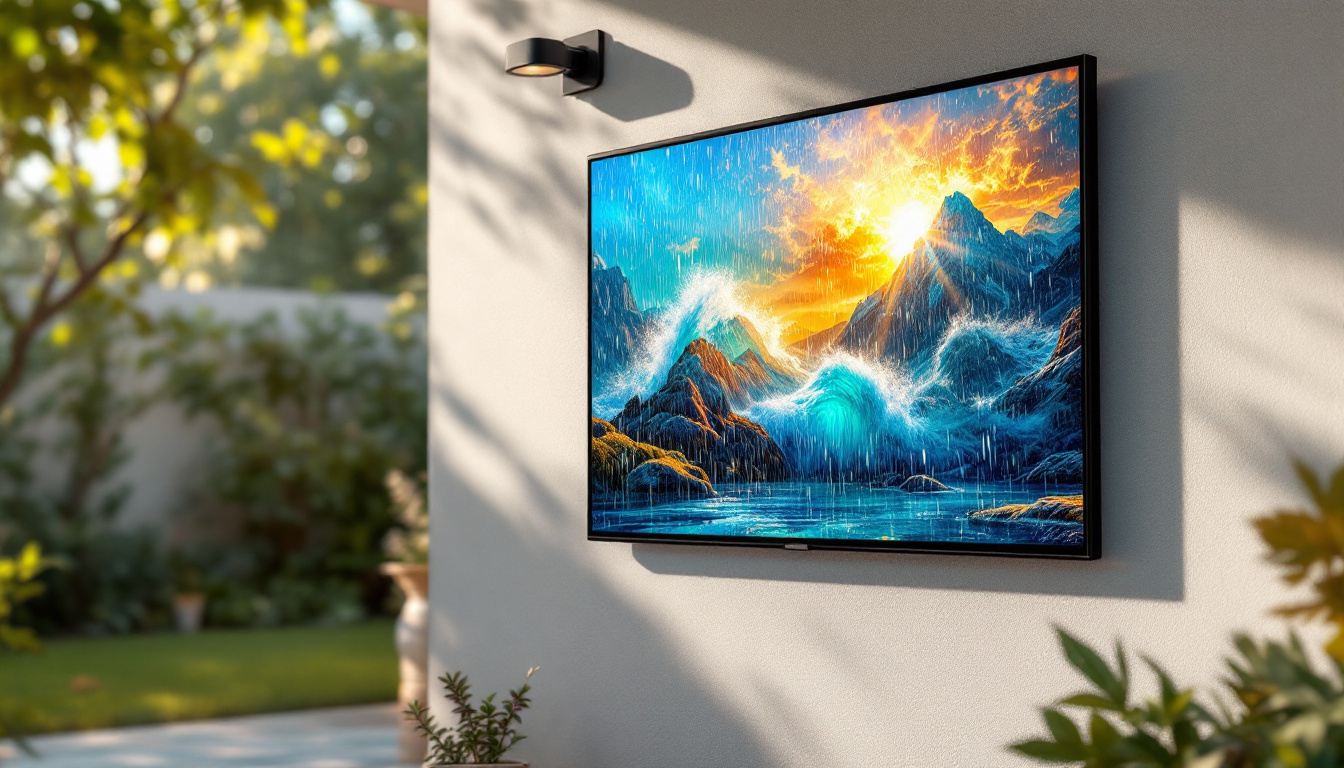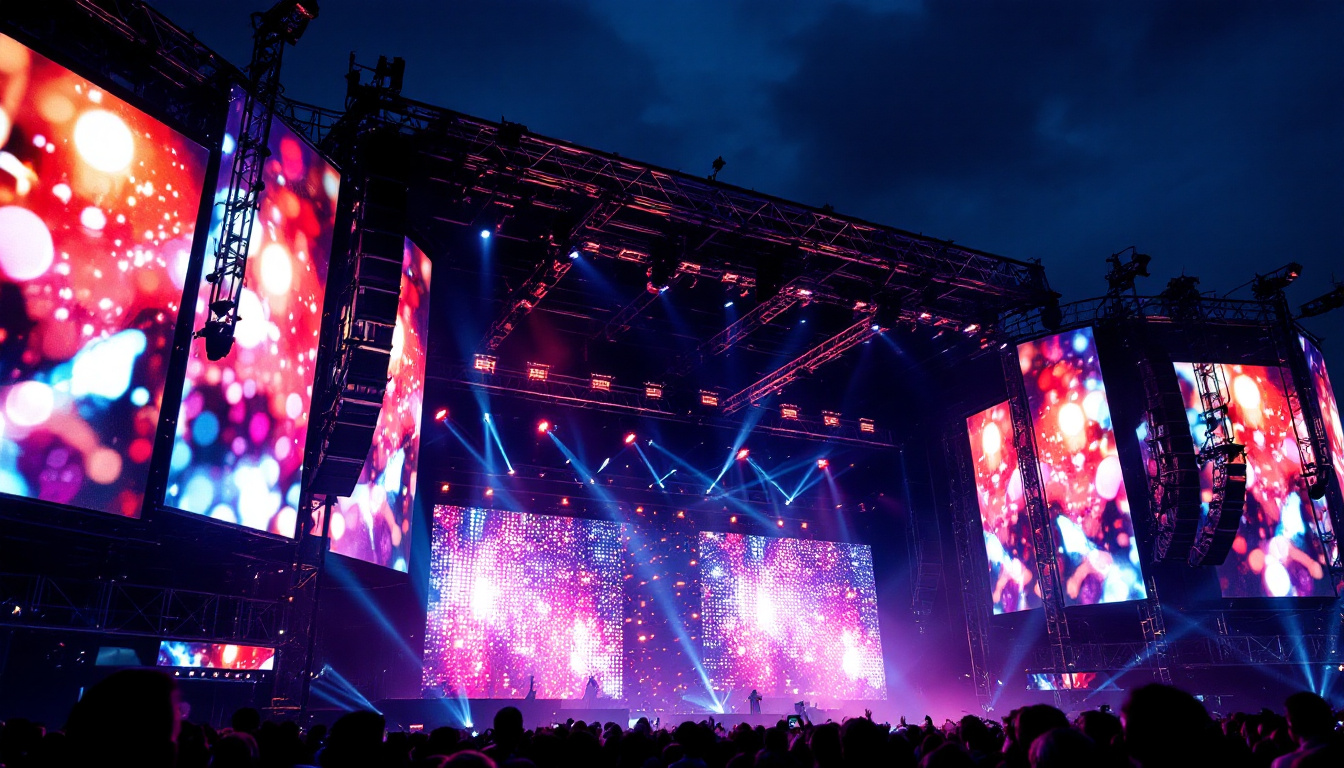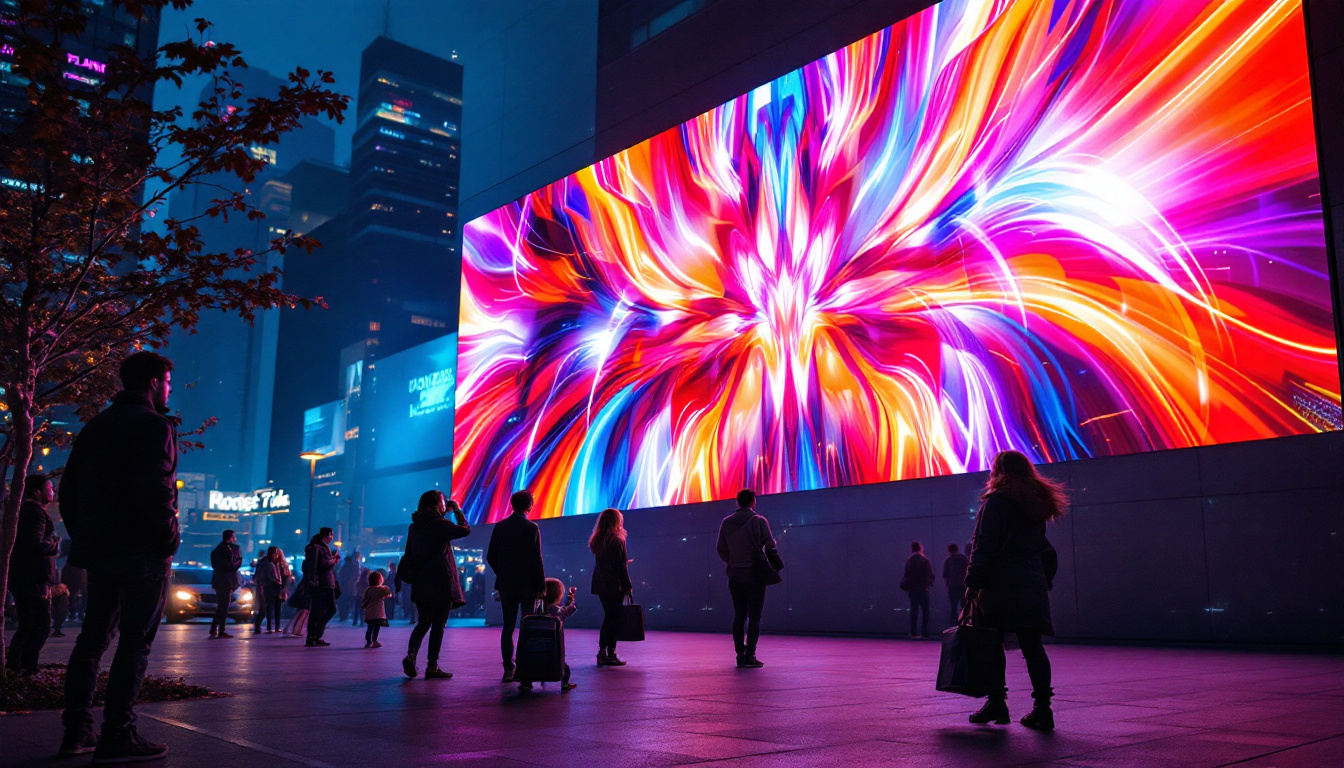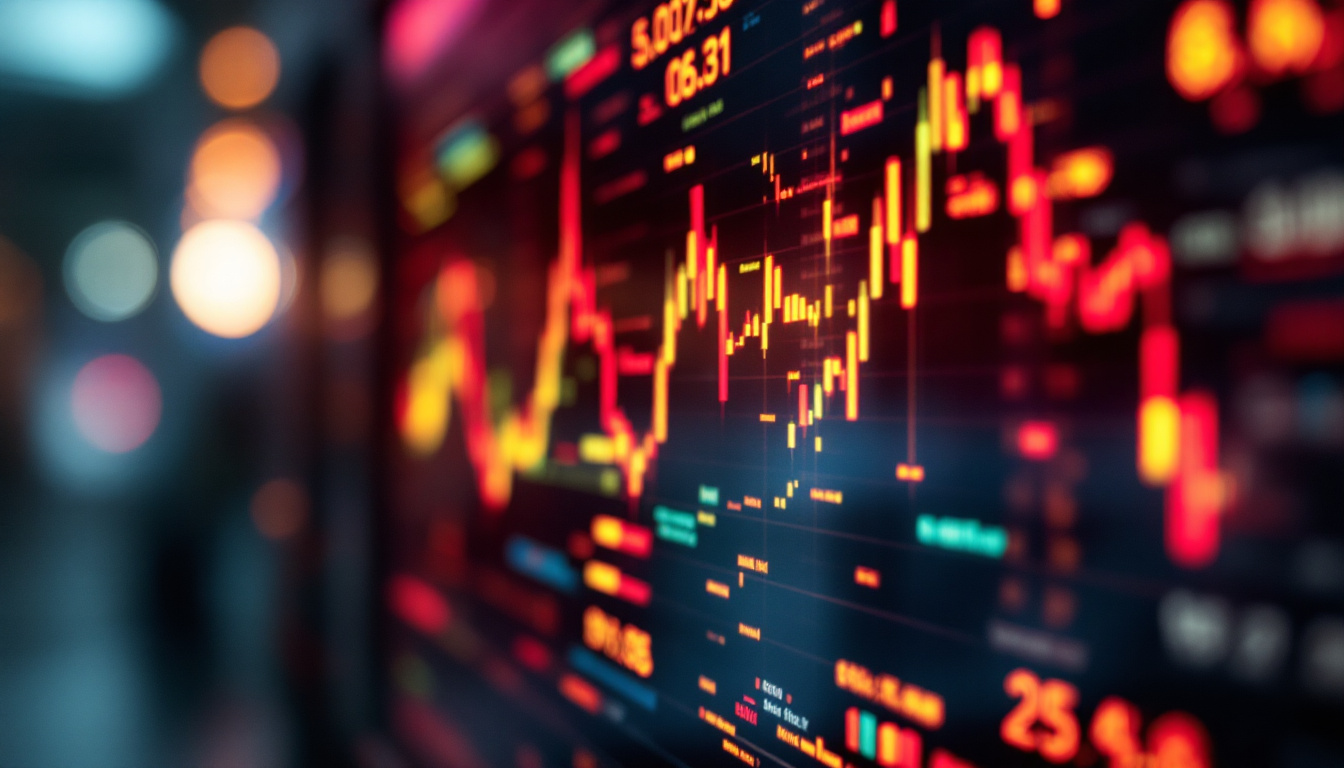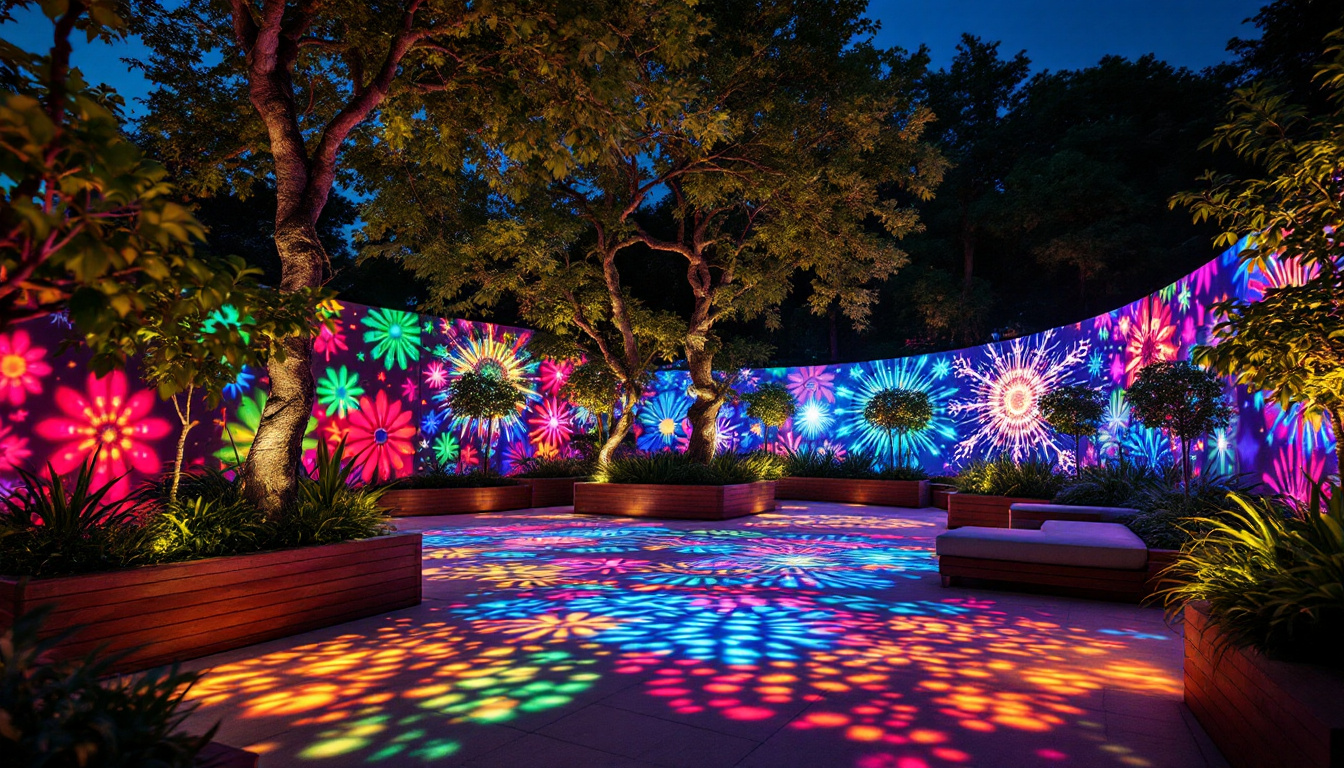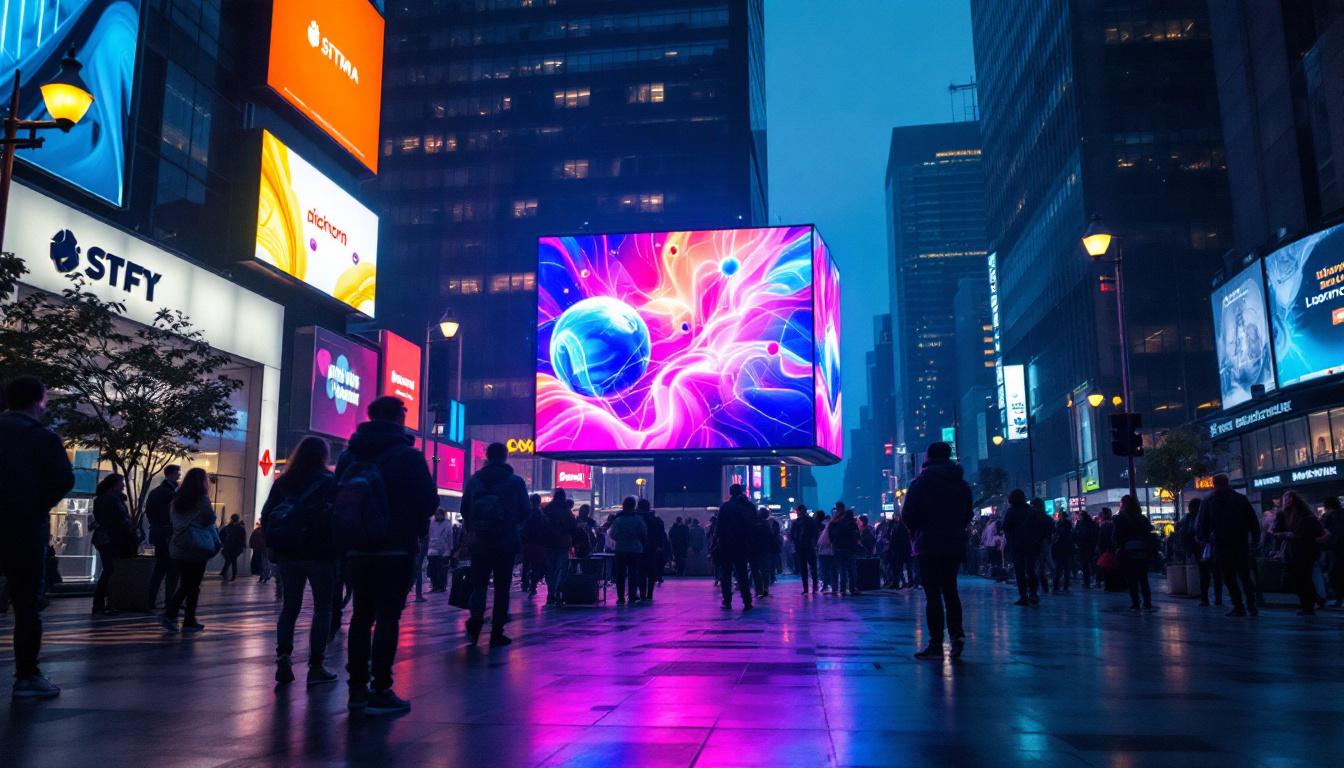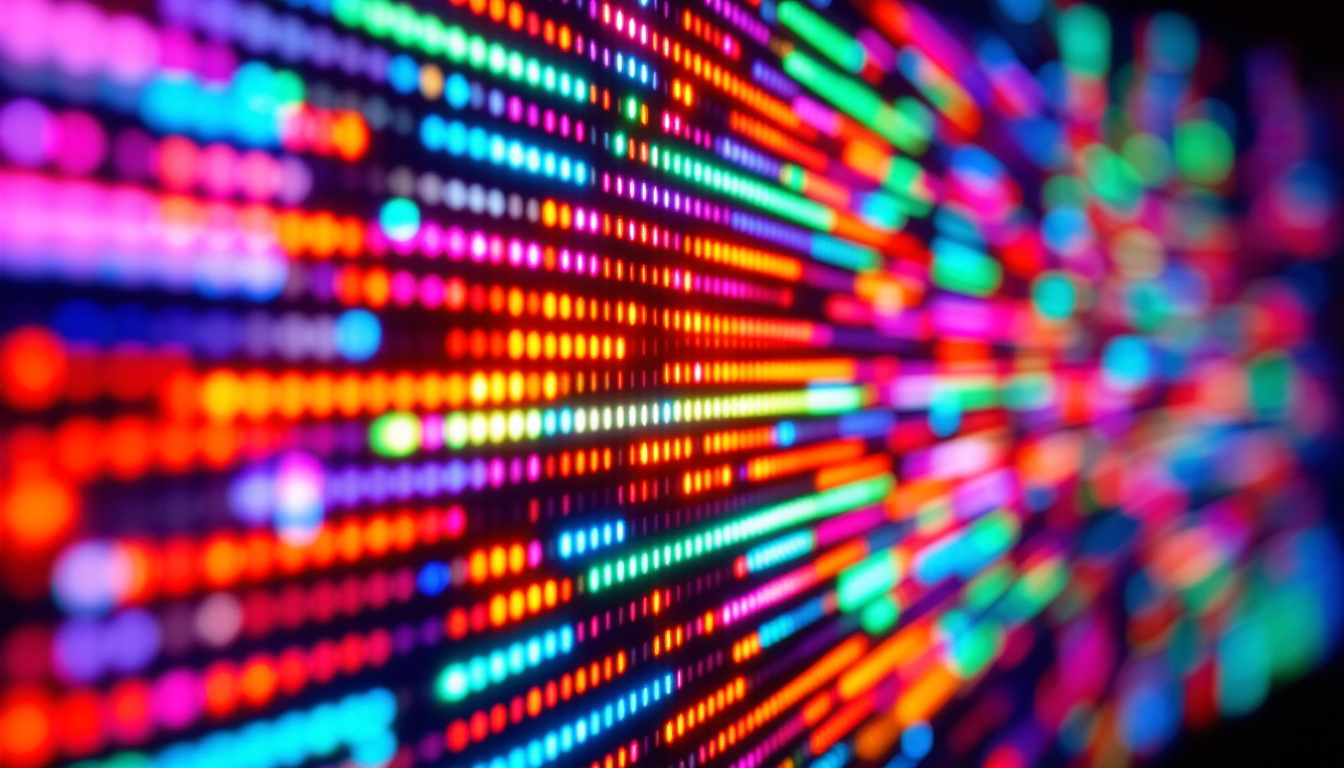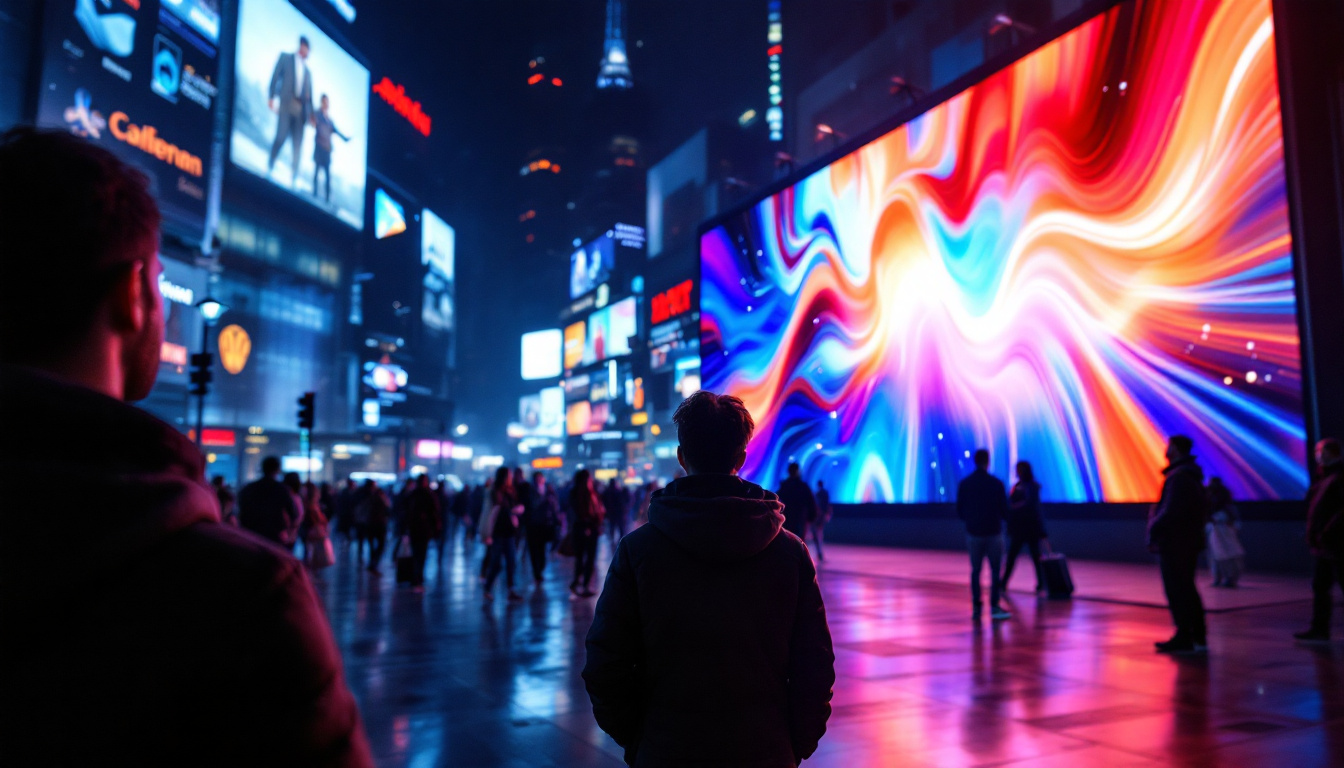In the realm of modern technology, LED displays have become a staple in various industries, from advertising to entertainment. The term “X 2 4X 7” often surfaces in discussions about LED displays, but what does it really mean? This article delves into the intricacies of LED displays, focusing on the significance of the X 2 4X 7 designation, its applications, benefits, and how it compares to traditional display technologies.
Understanding LED Displays
LED, or Light Emitting Diode, displays are a type of flat panel display that utilizes LEDs as a light source. These displays are known for their vibrant colors, high brightness, and energy efficiency. They are widely used in various applications, including televisions, computer monitors, and outdoor signage.
The Technology Behind LED Displays
At the core of LED display technology is the semiconductor material that emits light when an electric current passes through it. This technology can be categorized into two main types: Direct View and Backlit. Direct View LED displays consist of individual LED pixels that create images directly, while Backlit displays use LEDs to illuminate liquid crystals or other materials.
Direct View LED displays are particularly popular for large-scale applications, such as billboards and stadium screens, due to their ability to produce bright images even in direct sunlight. Backlit displays, on the other hand, are commonly found in consumer electronics like TVs and smartphones. The advancements in LED technology have also led to the development of organic LEDs (OLEDs), which offer deeper blacks and a wider color gamut, further enhancing the viewing experience.
Types of LED Displays
LED displays come in various forms, each tailored for specific uses. Some of the most common types include:
- Indoor LED Displays: These are typically used in venues such as shopping malls, auditoriums, and conference rooms. They offer high resolution and excellent color reproduction.
- Outdoor LED Displays: Designed to withstand harsh weather conditions, outdoor displays are often used for advertising and public announcements. They are built to be bright enough to be visible in daylight.
- Transparent LED Displays: These innovative displays allow for visibility through the screen, making them ideal for retail environments where product visibility is essential.
Additionally, there are also LED displays specifically designed for specialized applications, such as flexible LED displays that can be bent or shaped to fit unique spaces, and high-definition LED displays that provide exceptional clarity for professional video production. The versatility of LED technology has led to its adoption in creative installations, where artists and designers use LED displays to create immersive environments that captivate audiences. As technology continues to evolve, we can expect even more innovative applications of LED displays in various fields, from entertainment to advertising and beyond.
The X 2 4X 7 Designation
The designation “X 2 4X 7” refers to a specific configuration or standard within the LED display market. It is essential to understand what each component of this designation signifies and how it impacts the performance and application of the display.
Decoding the Components
The “X” in the designation often represents the pixel pitch, which is the distance between the centers of two adjacent pixels. A smaller pixel pitch generally indicates a higher resolution, allowing for clearer images at closer viewing distances. The “2” and “4X 7” components typically refer to the display’s dimensions and aspect ratio, which are crucial for determining how the display will fit into a given space.
For instance, a display with a pixel pitch of 2mm is suitable for indoor environments where viewers are close to the screen, while a larger pixel pitch might be more appropriate for outdoor displays viewed from a distance. This distinction is vital for ensuring that the visual experience is optimized for the intended audience, as clarity and detail can significantly influence viewer engagement and retention.
Applications of X 2 4X 7 Displays
Displays designated as X 2 4X 7 find applications across various sectors. Their versatility makes them suitable for:
- Advertising: High-resolution displays can showcase vibrant advertisements, attracting attention in busy urban environments.
- Events and Entertainment: concerts and sporting events utilize these displays to enhance the audience experience with dynamic visuals.
- Corporate Settings: Businesses leverage these displays for presentations, video conferencing, and information dissemination.
Moreover, the X 2 4X 7 displays are increasingly being integrated into smart city projects, where they serve as digital billboards that provide real-time information, such as traffic updates and weather forecasts. This capability not only enhances the functionality of public spaces but also contributes to the overall aesthetic appeal of urban environments. Additionally, educational institutions are adopting these displays for interactive learning, allowing for engaging presentations that can incorporate multimedia elements to enrich the educational experience.
Furthermore, the durability and energy efficiency of LED technology make the X 2 4X 7 displays an attractive option for both temporary and permanent installations. With advancements in LED technology, these displays can now offer improved brightness and color accuracy, making them suitable for a wide range of lighting conditions. As a result, businesses and organizations are increasingly recognizing the value of investing in high-quality LED displays to communicate their messages effectively and capture the attention of their target audiences.
Benefits of LED Displays
LED displays offer numerous advantages over traditional display technologies, making them a preferred choice for many applications. Understanding these benefits can help businesses and consumers make informed decisions when selecting display solutions.
Energy Efficiency
One of the most significant advantages of LED displays is their energy efficiency. Compared to traditional LCD and plasma displays, LEDs consume less power, which translates to lower electricity bills and a reduced carbon footprint. This efficiency is particularly important for large-scale installations where energy costs can accumulate rapidly.
Longevity and Durability
LED displays are known for their longevity, often lasting tens of thousands of hours before requiring replacement. This durability is crucial for outdoor displays, which must withstand various weather conditions without compromising performance. Additionally, LED technology is less susceptible to screen burn-in, a common issue with older display technologies.
High Brightness and Contrast
LED displays can achieve higher brightness levels than traditional displays, making them ideal for environments with significant ambient light. This capability allows for clear visibility in direct sunlight, a critical factor for outdoor advertising and public displays. Furthermore, the contrast ratio of LED displays enhances the viewing experience by providing deeper blacks and more vibrant colors.
Comparing LED Displays to Traditional Technologies
While LED displays have numerous advantages, it is essential to compare them with traditional display technologies to understand their unique benefits fully. This comparison can help consumers and businesses identify the best display solution for their needs.
LED vs. LCD Displays
Liquid Crystal Displays (LCDs) have been a dominant technology for years. However, LED displays have begun to surpass them in several areas. For instance, while LCDs rely on a backlight to illuminate the screen, LED displays use individual light sources for each pixel, resulting in better color accuracy and contrast.
Moreover, LED displays are generally thinner and lighter than LCDs, making them easier to install and transport. This aspect is particularly beneficial for large-scale installations where weight and space are considerations.
LED vs. Plasma Displays
Plasma displays were once popular for large screen applications, particularly in home theaters. However, they have fallen out of favor due to several drawbacks. Plasma displays consume more power, generate more heat, and are more prone to burn-in compared to LED displays.
Additionally, LED displays can achieve higher brightness levels, making them more suitable for varied lighting conditions. As a result, LED technology has largely replaced plasma displays in both commercial and residential settings.
Future Trends in LED Display Technology
The LED display industry is constantly evolving, with new technologies and trends emerging regularly. Keeping an eye on these developments can provide insights into the future of display technology and its potential applications.
Advancements in Resolution
As consumer demand for higher resolution content continues to grow, manufacturers are focusing on developing displays with even smaller pixel pitches. This trend is leading to the emergence of 4K and 8K LED displays, which offer unprecedented clarity and detail. Such advancements are particularly relevant for applications where image quality is paramount, such as in medical imaging and high-end entertainment.
Integration of Smart Technology
Another significant trend is the integration of smart technology into LED displays. With the rise of the Internet of Things (IoT), displays are becoming more interactive and connected. This integration allows for real-time updates, remote management, and enhanced user engagement, making LED displays more versatile than ever.
Sustainability Initiatives
As environmental concerns continue to rise, the LED display industry is also focusing on sustainability. Manufacturers are exploring eco-friendly materials and production processes to reduce waste and energy consumption. This shift towards sustainability not only benefits the environment but also appeals to consumers who prioritize green technology.
Conclusion
In summary, the X 2 4X 7 designation represents a specific standard within the LED display market, highlighting the importance of pixel pitch and display dimensions. LED displays, in general, offer numerous advantages over traditional technologies, including energy efficiency, durability, and high brightness levels. As the industry continues to evolve, advancements in resolution, smart technology integration, and sustainability initiatives will shape the future of LED displays.
For businesses and consumers alike, understanding the capabilities and applications of LED displays is crucial for making informed decisions. Whether for advertising, entertainment, or corporate use, LED technology is poised to remain at the forefront of display solutions in the years to come.
Discover the Future of Visual Display with LumenMatrix
Ready to elevate your visual experience with the latest in LED technology? LumenMatrix is at the forefront, offering a comprehensive range of LED display solutions tailored to meet your needs. From vibrant Indoor LED Walls to dynamic Outdoor LED Displays, and from customizable options to All-in-One solutions, we have you covered. Embrace the future of visual communication with our cutting-edge displays that promise to enhance engagement and captivate your audience. Check out LumenMatrix LED Display Solutions today and transform the way you share your message with the world.

